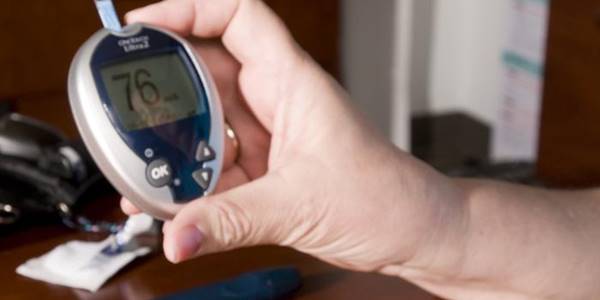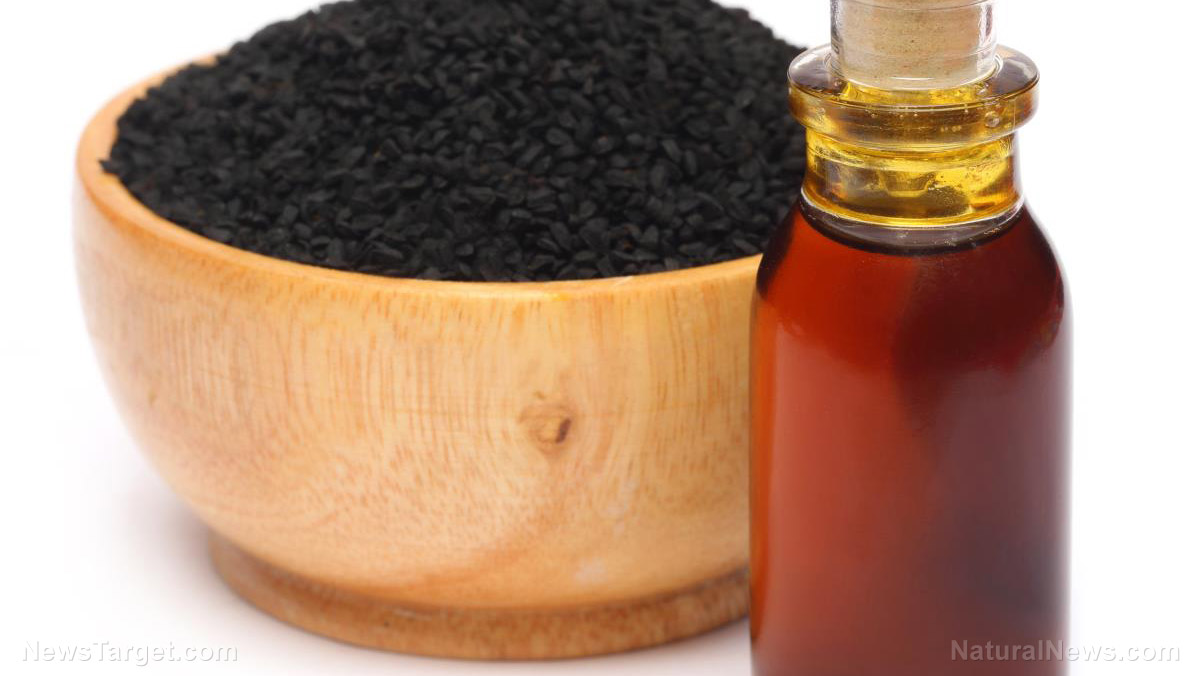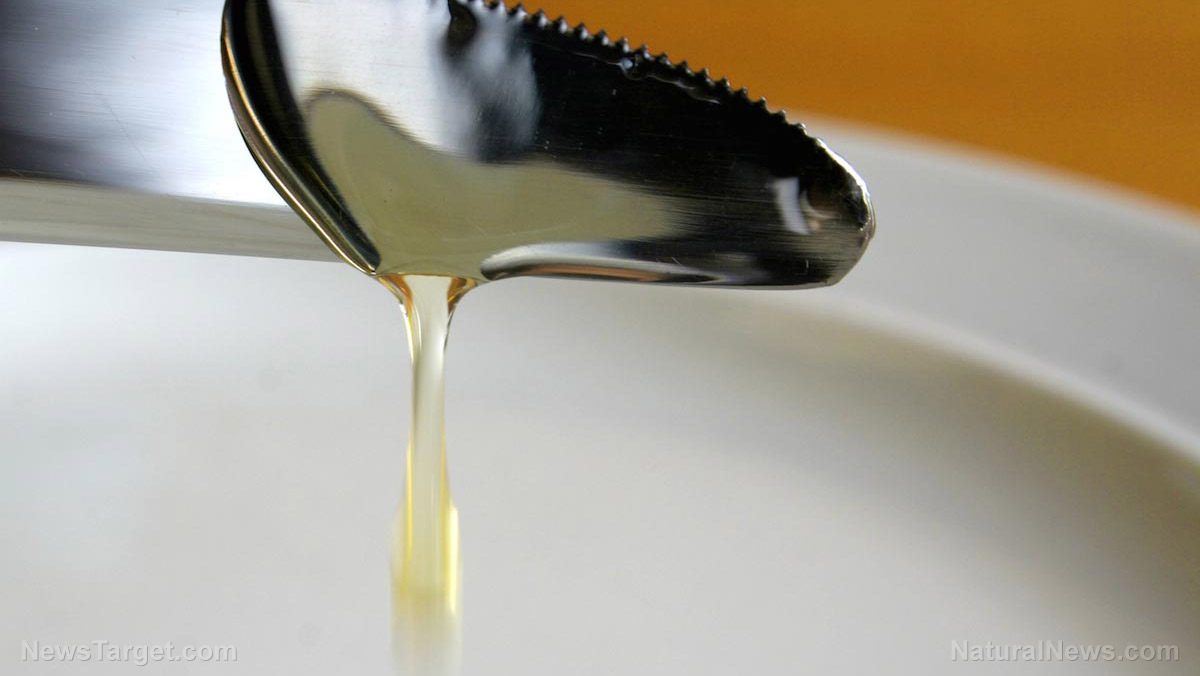Drinking coffee can cause your body to turn on its “fat-fighting” mechanism, says research
03/03/2020 / By Darnel Fernandez

Coffee has become one of the most popular beverages in the world. You would be hard-pressed to find someone who doesn’t enjoy a good cup of coffee to start their day. While coffee tastes great and can give you the energy boost you need to get you through the morning rush, the rich beverage can do much more. In fact, recent evidence suggests that coffee can also help you beat obesity.
A study published in the journal Scientific Reports found that drinking a cup of coffee stimulates “brown fat,” the fat-fighting mechanism of the body. This is one of the first studies carried out in humans to find out which components can have a direct effect on brown fat functions, which plays an important role in calorie burning.
Burning fat with fat
Brown fat, also known as brown adipose tissue (BAT), is one of the two types of fat found in both humans and other mammals. While it was initially thought to only be found in babies and hibernating mammals, recent research discovered that even adult humans have brown fat as well. BAT rapidly generates heat through a process called thermogenesis to metabolize nutrients like glucose and lipids. This heat burns off excess calories — in contrast to white fat, a result of excess calories. Because of this, people with a much lower body mass index (BMI) have higher amounts of brown fat. (Related: Coffee and heart health: Study finds that excessive coffee drinking has no negative effect on the heart.)
“Brown fat works in a different way to other fat in your body and produces heat by burning sugar and fat, often in response to cold. Increasing its activity improves blood sugar control as well as improving blood lipid levels and the extra calories burnt help with weight loss,” said corresponding author Michael Symonds. adding that until now, no one has found an acceptable way to stimulate its activity in humans.
The researchers claim that the potential implications of their results can help tackle obesity and diabetes, which are both growing health concerns for society. Symonds and his team of researchers from the University of Nottingham aimed to examine the effects of caffeine on BAT thermogenesis, both in vitro and in vivo. To do so, the team began their research with a series of stem cell studies to determine whether caffeine has an effect on brown fat. Once they figured out the correct dosage, they moved on to human testing to observe if the results were similar to those in their stem cell studies.
Using a pioneered thermal imaging technique, the researchers traced the body’s brown fat reserves. This non-invasive technique allows the team to not only locate the body’s brown fat but to also assess its ability to produce heat. Their previous research found that brown fat is mainly located in the neck region. Because of this, they were able to accurately image a participant’s brown fat after they had a drink to see if coffee stimulates it.
“The results were positive and we now need to ascertain that caffeine as one of the ingredients in the coffee is acting as the stimulus or if there’s another component helping with the activation of brown fat,” said Symonds. “We are currently looking at caffeine supplements to test whether the effect is similar.”
Once the researchers confirm what component of coffee is responsible for the stimulation, the researchers claim that the beverage can be used for weight loss or for a glucose regulation program to prevent diabetes. Learn more about the many health benefits of drinking coffee at FoodCures.news.
Sources include:
Tagged Under: body fat, brown adipose tissue, brown fat, caffeine, coffee, diabetes, fightobesity, food cures, glucose regulation, lipids, metabolism, natural cures, obesity, slender, thermogenesis, weight loss
RECENT NEWS & ARTICLES
COPYRIGHT © 2017 PREVENTDIABETES.NEWS
All content posted on this site is protected under Free Speech. PreventDiabetes.news is not responsible for content written by contributing authors. The information on this site is provided for educational and entertainment purposes only. It is not intended as a substitute for professional advice of any kind. PreventDiabetes.news assumes no responsibility for the use or misuse of this material. All trademarks, registered trademarks and service marks mentioned on this site are the property of their respective owners.



















